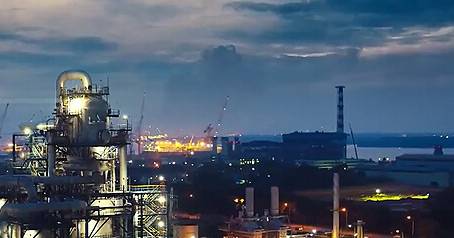Aug . 12, 2024 07:32 Back to list
Understanding the Differences Between PVC and PPR Pipes and Their Fittings for Various Applications
Understanding PVC and PPR Pipes and Fittings
In the modern construction and plumbing industries, the choice of piping materials is crucial for ensuring long-lasting, efficient, and safe water supply systems. Among the most popular options available today are PVC (Polyvinyl Chloride) and PPR (Polypropylene Random Copolymer) pipes and fittings. Both materials have unique properties and advantages, making them suitable for various applications. This article explores the characteristics, benefits, and considerations of using PVC and PPR pipes and fittings.
Characteristics of PVC Pipes and Fittings
PVC pipes are made from a versatile plastic polymer known for its durability and chemical resistance. They are lightweight, making them easy to handle and install. PVC is also rigid, providing strong structural integrity, which makes it ideal for a range of plumbing applications. PVC pipes are resistant to corrosion, making them suitable for transporting drinking water as well as wastewater. Additionally, they have excellent fire-retardant properties compared to other plastic materials.
PVC fittings, which include elbows, tees, and junctions, are designed to facilitate the easy connection and maneuvering of pipes in various plumbing systems. The seamless design of PVC fittings ensures minimal pressure loss when water flows through the system.
Benefits of PPR Pipes and Fittings
PPR pipes, on the other hand, are known for their high resistance to temperature and pressure, which makes them a preferred choice for hot and cold water applications. They are manufactured without the use of toxic additives, making them eco-friendly and safe for drinking water transport. PPR is also known for its seamless joints, achieved through a welding process that results in stronger connections compared to traditional glue or adhesive methods used in PVC.
One of the major advantages of PPR pipes is their excellent insulation properties. This allows them to maintain the temperature of the fluid being transported, whether hot or cold, thereby improving energy efficiency. PPR fittings also come in various shapes and sizes, providing flexibility in design and installation.
pvc ppr pipes and fittings

Applications of PVC and PPR Pipes
Both PVC and PPR pipes are utilized in diverse applications. PVC pipes are commonly used in drainage and sewage systems, irrigation, and venting. They are also popular for electrical conduit systems due to their non-conductive properties. The installation of PVC pipes often requires fewer fittings, translating to lower labor costs.
PPR pipes are primarily used in residential and commercial plumbing systems for both hot and cold water distribution. Their durability and resistance to scale make them a long-term solution for efficient water supply management. Additionally, PPR pipes are increasingly being used in heating systems due to their ability to withstand high temperatures.
Considerations When Choosing Between PVC and PPR
When deciding between PVC and PPR pipes and fittings, several factors should be taken into account. The specific application requirements, including temperature, pressure, and fluid type, play a significant role in this decision. PVC is generally more cost-effective and widely available, which may make it the right choice for specific applications. However, for systems that involve high temperatures or require better insulation, PPR could be the better option despite its higher acquisition cost.
Furthermore, environmental considerations and long-term sustainability are becoming increasingly important in construction. PPR's eco-friendly profile may also influence decisions for environmentally conscious builders and homeowners.
Conclusion
In summary, both PVC and PPR pipes and fittings have their own distinct advantages and are suitable for various plumbing and construction projects. Understanding the characteristics, benefits, and appropriate applications of each material can help professionals and homeowners make informed decisions, ensuring the functionality and longevity of their water supply systems. Whether choosing PVC for its affordability and versatility or opting for PPR for its durability and insulation properties, the right choice will ultimately contribute to the success of any plumbing endeavor.
-
HDPE Pipe Fittings: Durable, Leak-Proof Solutions
NewsAug.16,2025
-
Premium CPVC Sheet: High-Temp & Chemical Resistant Solutions
NewsAug.15,2025
-
Durable PPR Pipe for Hot & Cold Water Systems - Easy Install
NewsAug.14,2025
-
Durable HDPE Sheet | Versatile & Impact-Resistant Plastic
NewsAug.13,2025
-
Premium PVC Soft Sheets: Clear, Flexible & Durable
NewsAug.12,2025
-
Premium PVC Round Rods: Durable, Chemical Resistant, Easy to Machine
NewsAug.11,2025

